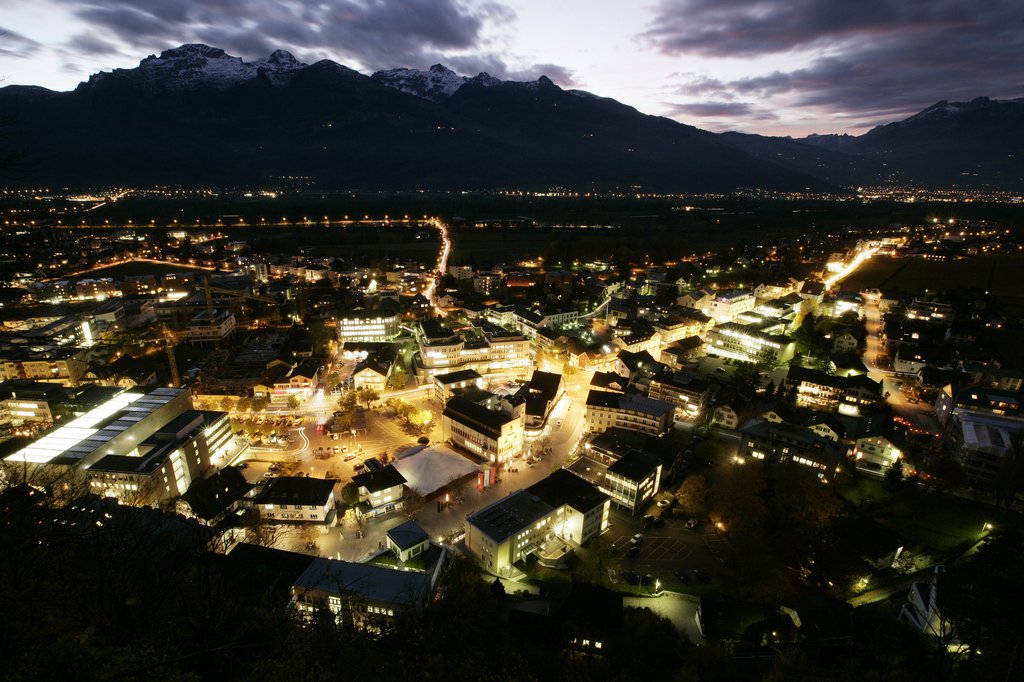Liechtenstein's annual greenhouse gas emissions in 2015 were 13 percent lower than in 1990, despite population growth of almost a third during the same period. Given the framework conditions which seem likely from the current perspective, the country is expected to reduce its greenhouse gas emissions still further by 2030 – by around 30% compared with the 1990 level, or even further if Liechtenstein steps up its climate conservation efforts. That is the verdict of the 7th National Communication, which has been produced by the Office of Environment with support from INFRAS. As a member of the UN Climate Convention, Liechtenstein must report every four years on the climate conservation activities that it has implemented and planned, the volume of greenhouse gases it has emitted, and how these emissions will develop in the future.




